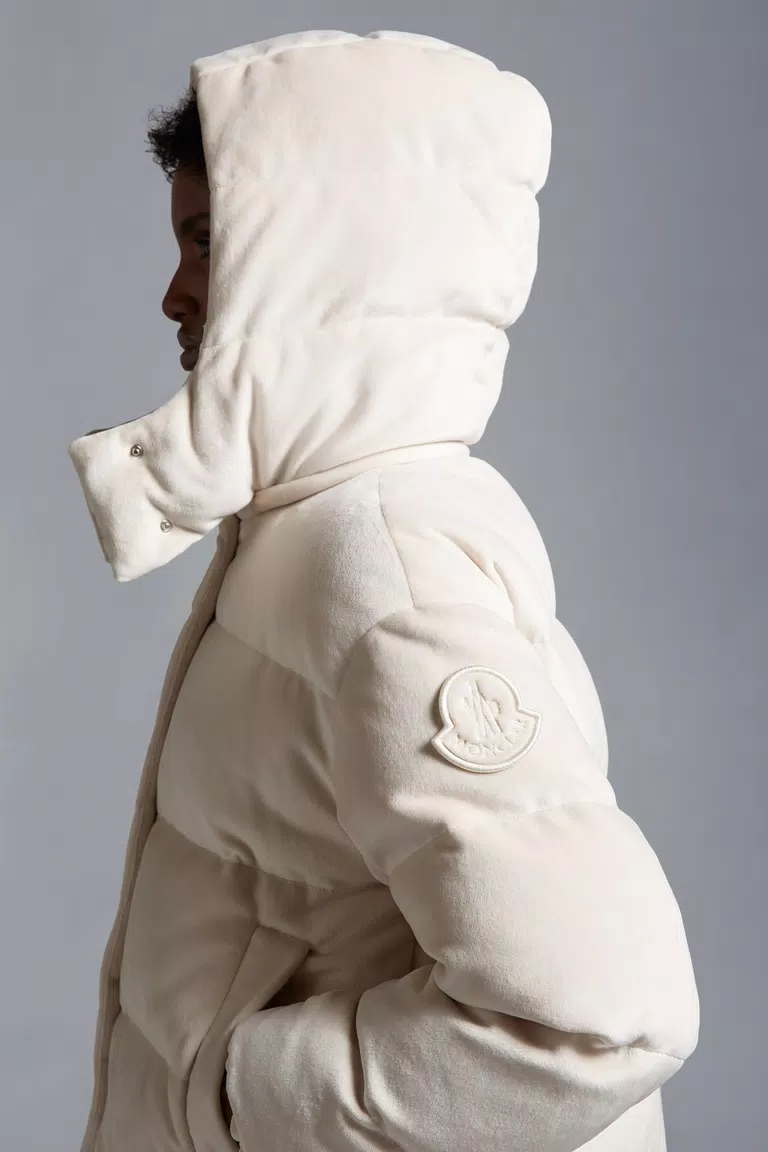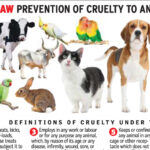In the realm of winter apparel, few garments stand as both a symbol of warmth and a beacon of luxury quite like down jackets. Moncler, a luminary in this niche, has cultivated a reputation for crafting exquisite outerwear that embodies both sophistication and functionality. However, beneath the polished exterior and alluring aesthetic of these jackets lies a fundamental question: is Moncler animal cruelty-free?
The essence of Moncler’s appeal rests in its luxurious down jackets, which glisten with opulence and promise to cocoon the wearer in warmth during the frigid embrace of winter. Like a chrysalis that harbors unimaginable beauty and transformation, these jackets represent an intersection of fashion and functionality. But with this allure comes an ethical quandary, as the core materials used in these garments often invoke concern regarding animal welfare.
The primary constituent of Moncler’s famed jackets is down—a fine, fluffy layer of plumage found beneath the feathers of ducks and geese. This natural insulation has been revered for its incomparable ability to retain heat, rendering the wearer impervious to the cold. Yet, the question looms: how is this down procured? The chilling truth is that much of the down available in the market comes from live-plucking practices, where birds endure painful extraction of their feathers while they remain conscious. Such acts can be likened to the grotesque art of feathering—a term that belies the brutality behind the beauty.
Moncler has taken measured steps to address these ethical dilemmas by aligning its sourcing practices with the Responsible Down Standard (RDS). This initiative seeks to ensure that down is obtained through humane means, thereby fostering a more sustainable approach to the production of down garments. By requiring that suppliers adhere to stringent animal welfare guidelines, Moncler attempts to shield itself from the condemnation associated with unethical down sourcing. This approach strives to transform the narrative surrounding their products—where once there was cruelty, now stands a commitment to compassion.
Despite these advancements, skepticism remains within the animal rights community. Critics contend that while RDS certification is a step in the right direction, it does not fully absolve the industry from its historical transgressions. The overarching question of whether being “cruelty-free” can ever be achieved when the very essence of the product involves the sacrifice of living beings is perplexing. Can a luxury brand that profits from the exploitation of animals ever align its practices with the values of ethical consumption?
In exploring the juxtaposition of luxury and animal welfare, the idea of “fashion responsibility” emerges—an intricate tapestry interwoven with threads of consumer choice, corporate accountability, and animal rights advocacy. Consumers are increasingly wielding their purchasing power to influence corporate practices, advocating for transparency and prioritizing brands that adopt cruelty-free alternatives. This burgeoning demand for ethical fashion has spurred a renaissance within the industry, leading brands to innovate with synthetic alternatives to down. The emergence of materials like PrimaLoft and ThermoPlume offers consumers warmth without compromise, stripping away the ethical concerns encased in traditional down products.
As winter looms, the allure of Moncler remains captivating for many. Shimmering down jackets continue to adorn the runways and urban landscapes alike, representing a merging of high fashion with practicality. However, each stitching of the jacket carries with it the weight of its origins—a spectral reminder of the ethical implications that dance in the shadows of our choices. It propels the discourse on what it truly means to adorn oneself in luxury. Is it merely a statement of status and style, or must it also reflect a conscientious consideration of the lives affected by fashion trends?
Moreover, this conversation transcends Moncler, encapsulating a broader industry dialogue that urges consumers to question the ethics of their wardrobes. With rising awareness, a movement is condensing, one that celebrates not just the craftsmanship behind high fashion but also the dignity of the creatures whose materials are utilized. Each garment then transforms into a manifesto: a declaration that beauty need not come at the cost of suffering. Hence, discerning consumers are presented with a poignant opportunity—to redefine luxury by embracing brands that align with ethical standards, thus finding themselves at the forefront of a transformative fashion revolution.
Ultimately, the question remains: is Moncler animal cruelty-free? The specter of complexity permeates the answer. While the brand strives for ethical compliance through initiatives like the RDS, the dialogue surrounding animal rights and fashion is intricately layered. As society evolves, so too must the paradigms through which we examine consumerism and ethical responsibility. Moncler’s down jackets are undeniably alluring, yet they carry the weight of ethical contemplation, forcing consumers to embark on a journey of introspection regarding their choices.
In this ever-evolving landscape, the call for compassionate fashion rings loud and clear. As individuals navigate their winter wardrobes, the challenge lies in balancing the appeal of luxury with the tenets of empathy—ensuring that the warmth we crave does not come wrapped in the burdens of cruelty. The path forward lies intricately linked to our collective ability to choose with intention—embracing garments that celebrate life and integrity while eschewing those that perpetuate suffering. In doing so, we pave the way for a future where luxury and compassion coexist harmoniously, forging an indelible shift towards a more humane world.









